Green moth butterflies
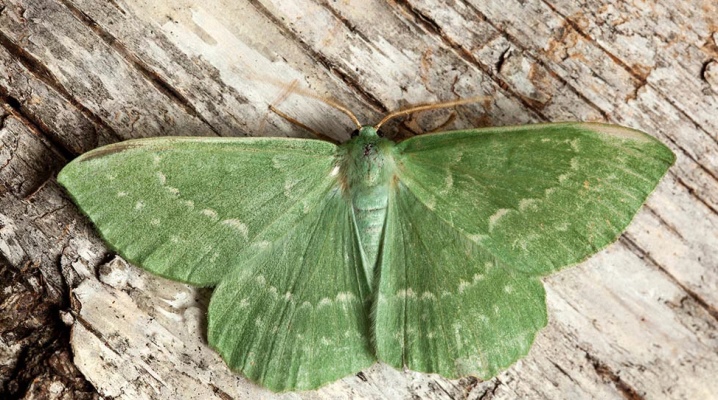
Gardens and plots of modern summer residents are often attacked by different types of pests. One of them is the moth, which is a rather large butterfly. There are many types of moths and each prefers a different plant. In this article we will talk about the green variety of the pest, consider its features, harm and effective disposal methods.
Description
The second name for moths is land surveyors. The green moth butterfly is rather large in size, which makes it different from its counterparts. Its wingspan is about 5 centimeters, while other species most often have no more than 3 cm. The body of butterflies is underdeveloped, rather narrow. The green color of the wings makes it difficult to recognize insects on foliage. Many gardeners and scientists even call them "masters of disguise."
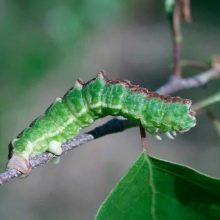
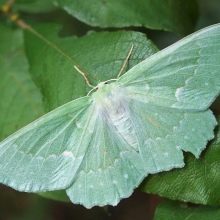
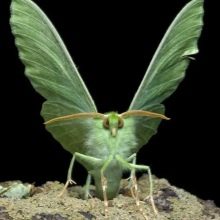
Butterflies fly at night and rather slowly due to weak wings. Interestingly, this insect has no eyes. Orientation in space is provided here thanks to a special structure of the nervous system and an organ called Johnston. Spiracles, through which air enters, are located on the lateral parts of the insect's body. It feeds through the proboscis, eats pollen, nectar.
Adult butterflies do not do any harm to summer cottages. But their caterpillars are a completely different matter. Such insects differ in considerable length, about 7 centimeters, and crawl in such a way that it seems as if they are measuring the length. Thanks to this feature of movement, the parasites got their second name.
If the caterpillar is touched or blown on, it will assume a protective position, hanging upside down. In this position, it looks so much like a small twig that it is simply impossible to detect it on purpose.
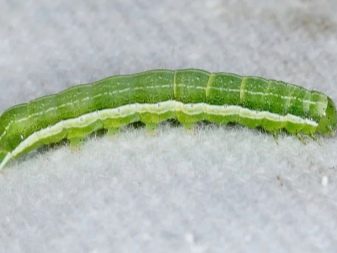
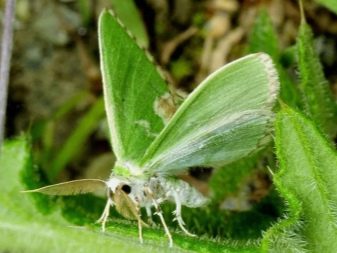
Green moths can be divided into several subspecies. The obtuse green butterfly is quite common. She has a light color, even more aqua than the classic green. On her wings, light lines are located, reminiscent of venation on foliage. The large green moth has an emerald hue and is quite impressive in size. Small is painted in a light green tone, very similar to the coloring of cabbage leaves. A clear fringe is visible along the edges of the wings.
There is also a green tailed moth, but this is a rarer species. It differs, as the name suggests, in tiny tails. They are located at the back of the insect's wings.
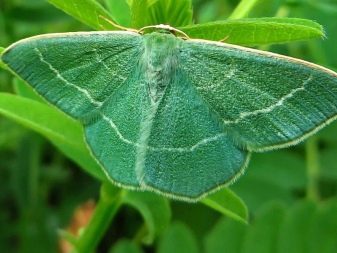
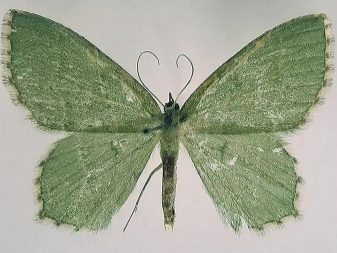
Habitat
Green moths have a fairly extensive habitat. They are ubiquitous on forest edges, clearings and even in the depths of forests. Butterflies can fly in green meadows. They were often seen in the steppe zone of Eurasia, in the southern part of the Urals. Large populations of parasites were also seen in Siberia and the Far East. The moths also fly in the suburbs. Outside the country they live in Asia, Europe. Green moths are a fairly extensive species, and they often grow where food is abundant for them.
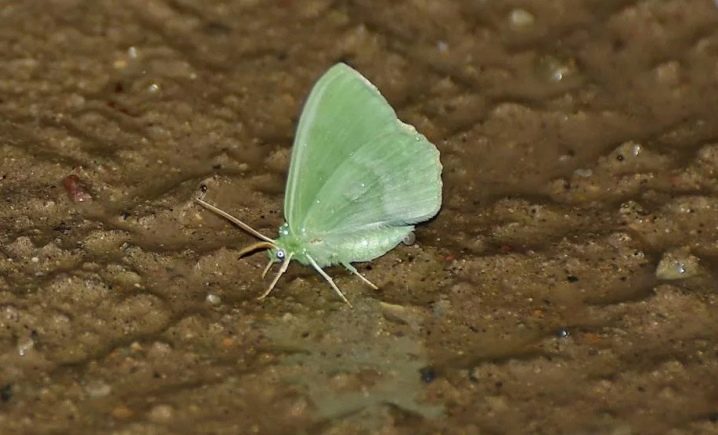
What do they eat?
Moths of the described species are very fond of green mass. In country conditions, they can settle on ornamental and fruit shrubs, but much more often these butterflies can be found on deciduous trees. They are very fond of birch, a variety of fruit crops. They can parasitize on the foliage of apple trees, pears, peaches, cherries, sweet cherries. In general, they do not disdain any deciduous trees. Very often found on hazel.
Insect caterpillars cause tremendous harm to trees and shrubs. Due to their gluttony, they quickly gnaw through the foliage, leaving voluminous holes there. Of course, such foliage can no longer develop. It begins to turn yellow or brown, falls to the ground. Due to the loss of foliage, disturbances in the photosynthesis of trees start. They become weaker, lose their natural immunity, and are not ready for wintering. Such trees become an excellent source of food for other pests, they are often exposed to diseases. Yield indicators are significantly reduced, and sometimes gardeners are left without fruit at all.
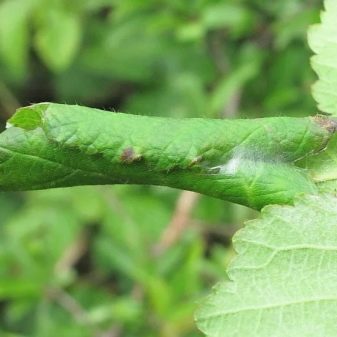
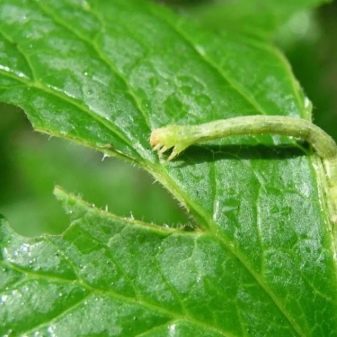
How to get rid of?
In the fight against the moth, gardeners can use different techniques. All of them have long been proven to be effective.
Mechanical
Such methods are laborious, they take time from gardeners. The first thing to do is take a close look at the trees. Having found caterpillars, they must be assembled by hand. It is not always wise to lay a cloth under a tree and then shake off insects, since the caterpillars with their paws can firmly cling to the stems and foliage. But you can still try, the main thing is to allocate early morning for the procedure. In addition, experienced summer residents often attach trapping belts to trees. They do not allow insects to penetrate to the crown.
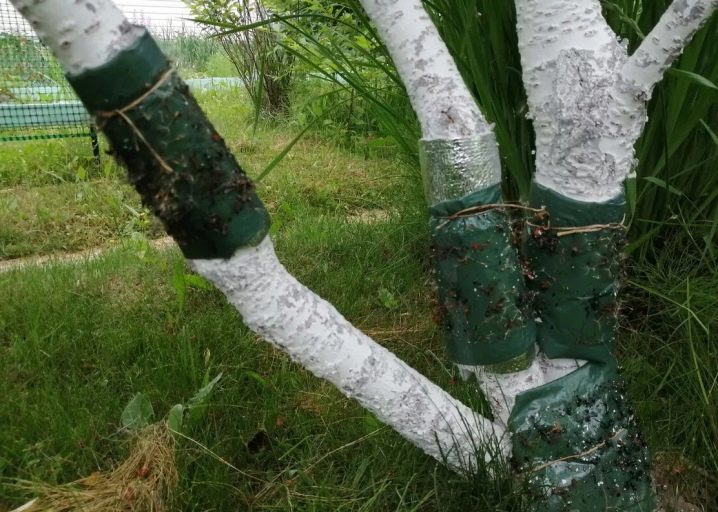
Biological
Such measures imply the attraction of beneficial insects to the site. These can be ladybugs, ground beetles, lacewings. Such orderlies do not harm cultural crops, but they destroy uninvited guests with great speed. Another option is to attract birds that simply adore young caterpillars.
In order for useful birds to fly to the site, you need to install birdhouses with delicious treats on the trees. However, berry bushes should still be protected from birds, since such creatures are very fond of ripe berries.
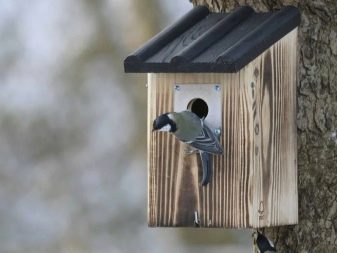

Chemical
Good insecticides with fast action allow you to get rid of parasites in the shortest possible time. But they should be used only if there are a lot of insects on the site, because purchased chemicals are not as harmless as it might seem. Insecticides are sprayed on to cover all healthy plants in the vicinity. Work is carried out in gloves and a respirator, there should be no wind. Good effect is given by "Karbofos", "Actellik", "Decis". If these drugs seem too aggressive, Fitoverm can be used. It is a very mild remedy.

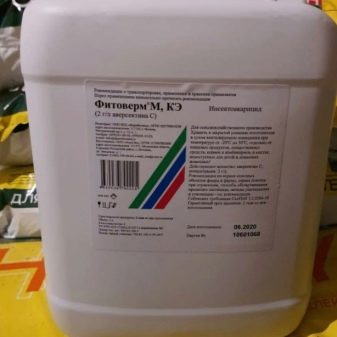
Folk
There are several effective options here.
-
Pepper broth. For him you need bitter pepper, 100 grams. The culture is finely cut, and then poured with a liter of cool water. Put on fire, bring to a boil, boil for 60 minutes. Next, the cooled broth is placed in a dark place for two days. Then filter it and add half a glass of concentrate to a bucket of water. Planting is sprayed.
-
Tansy. It is necessary to take dry leaves and flowers of tansy, grind so that they turn into powder. And then just sprinkle crops affected by insects.
-
Burdock infusion. We take fresh leaves, cut into small pieces. Place in a 10 liter bucket so that it is 1/3 full. We add water, wait three days, filter and spray the plants.
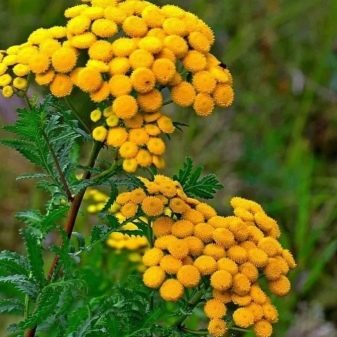
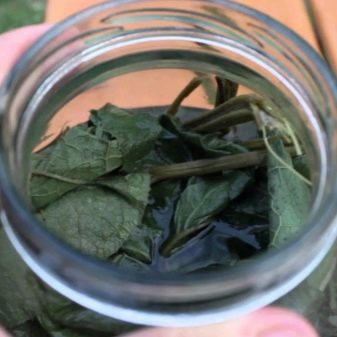
To prevent moths from annoying on the site, it is important to do the following:
-
digging the earth in the fall;
-
burn fallen leaves;
-
whitewash the trunks;
-
treat with soft biological preparations according to the schedule;
-
remove moss and bark that has come off the trunk.















The comment was sent successfully.